An unexpected encounter occurred recently on the shores of the Magellan Strait. We witnessed a surprising sighting of a Black-crowned Night Heron (Nycticorax nycticorax). This experience lead us to studying this species more in detail - where many interesting facts disclosed.
At mid-October, our expedition guide Patricio Arévalo and his group of tourists were birding on the south-eastern coast of Brunswick Peninsula, in Chilean Patagonia. It was on that same Birding the Magellan Straits tour, at around 10am, that they experienced this memorable moment. A juvenile Black-crowned Night Heron flew over the river and then took refuge among the branches of the Nothofagus sp., where it curiously observed our group. This behavior, very typical to this species, invited us to learn more about this fascinating nocturnal bird that inhabits the southern forests and has been one of the main actors in Chilean mythology.
The black-crowned Night Heron is a medium-sized heron with a length ranging from 58 to 66 cm, and a wingspan of 105 to 112 cm. This bird is widely distributed throughout Chile, from Atacama in the north to Magallanes in the very south. It lives in shallow water areas, on lake shores, streams and also in coastal areas. The Black-crowned Night Heron doesn’t have sexual dimorphism, that means that males and females individuals look the same. Black-crowned Night-Heron
Nocturnal vs. Diurnal Behavior of the Black-crowned Night Heron
At the time most other birds prepare for rest, the Black-crowned Night Heron starts getting active. It begins its feeding activities during twilight and continues into the early hours of the morning, thus avoiding competition with other avian species living in the same habitat. During the day, the Black-crowned Night Heron prefers to rest taking refugees among tree branches.
Black-crowned Night-Heron Black-crowned Night-Heron
However, in the presence of chicks in the nest, adults interrupt their routine, making diurnal outings to meet the feeding needs of their young. The Black-crowned Night Heron is an opportunistic forager that feeds on a variety of food, from terrestrial organisms to fresh and marine water animals like. Earthworms, aquatic and terrestrial insects, prawns and crayfish, amphibians, clams, mussels, fresh and marine fish, including small mammals are all part of the Black-crowned Night Heron’s diet.
Fascinating hunting techniques
The Black-crowned Night Heron has developed interesting hunting techniques. One of the most distinctive ones is being practiced during the last hours of the day, when the light is low. The heron opens and closes its bill rapidly in the water, producing water disturbances. This technique is called “bill vibrating”. The movement of the water lures the prey, which, in turn, drastically increases the heron’s efficiency when capturing food. Furthermore, the Black-crowned Night Heron masters an other hunting technique, which has been observed and described in Chile. It practices a sort of “fly fishing”, manipulating insects like dragonflies, which attracts and finally transforms them into an easy prey.
These elaborated hunting skills of the Black-crowned Night Heron give us an idea of how complex the bird’s hunting and feeding strategies are. Black-crowned Night-Heron
The Black-crowned Night Heron in the Chilean Mythology
Chiloe Island has been associated with legends for many years. “La voladora” (or the flying) is the name of a harbinger witch who has the power to transform into a Black-crowned Night Heron. The legend states that, to initiate the transformation, the witch must drink a bitter beverage. This causes her to vomit her intestines, leaving her humane appearance while her body is covered with feathers. According to this same legend, this is the reason why the Black-crowned Night Heron is always heard after sunset. So this bird is not only being transformed into a magical being, but it also reflects the ancestral relationship of the Chileans with nature. Black-crowned Night-Heron



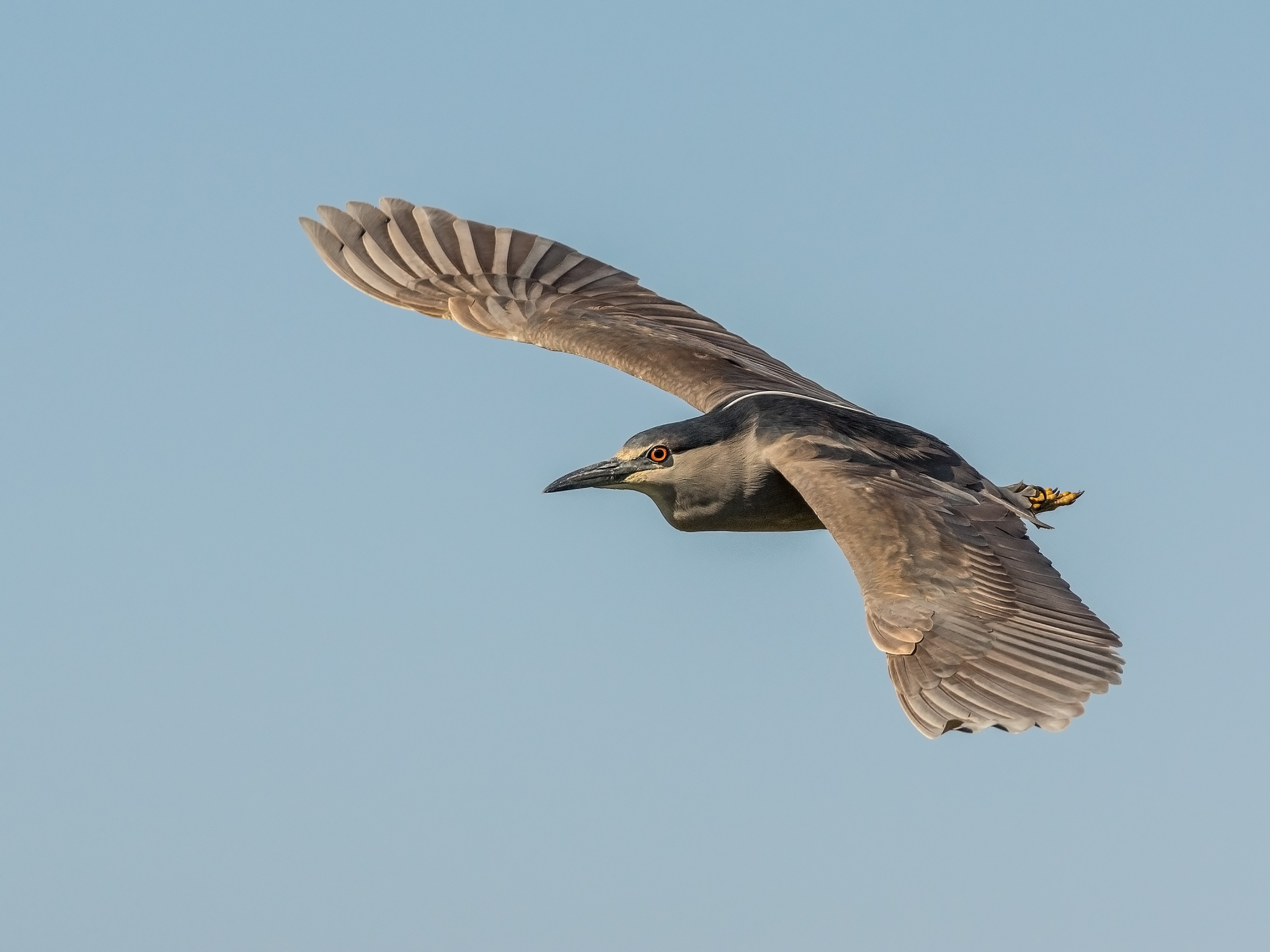
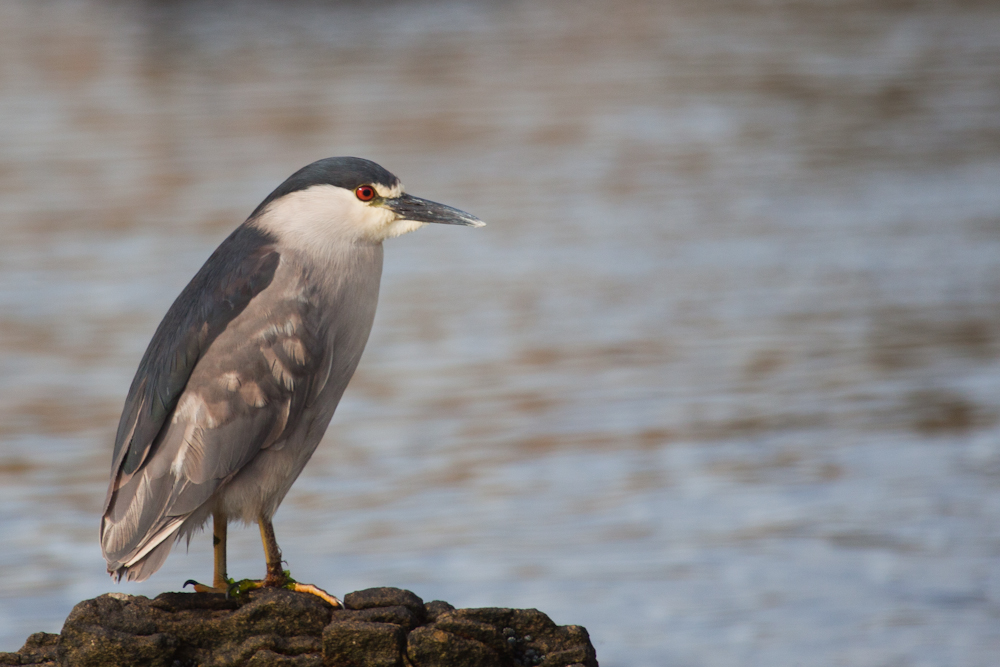
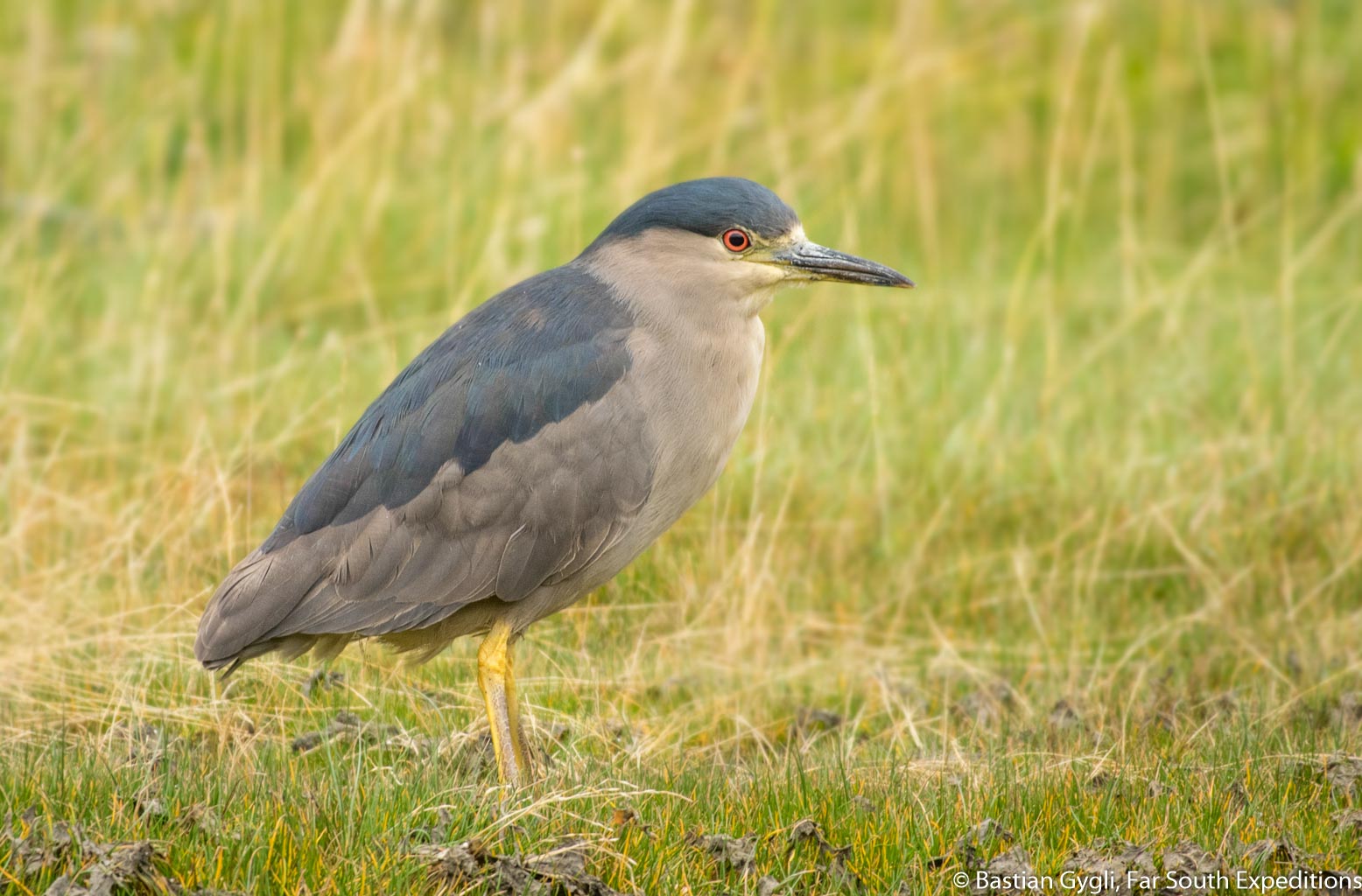
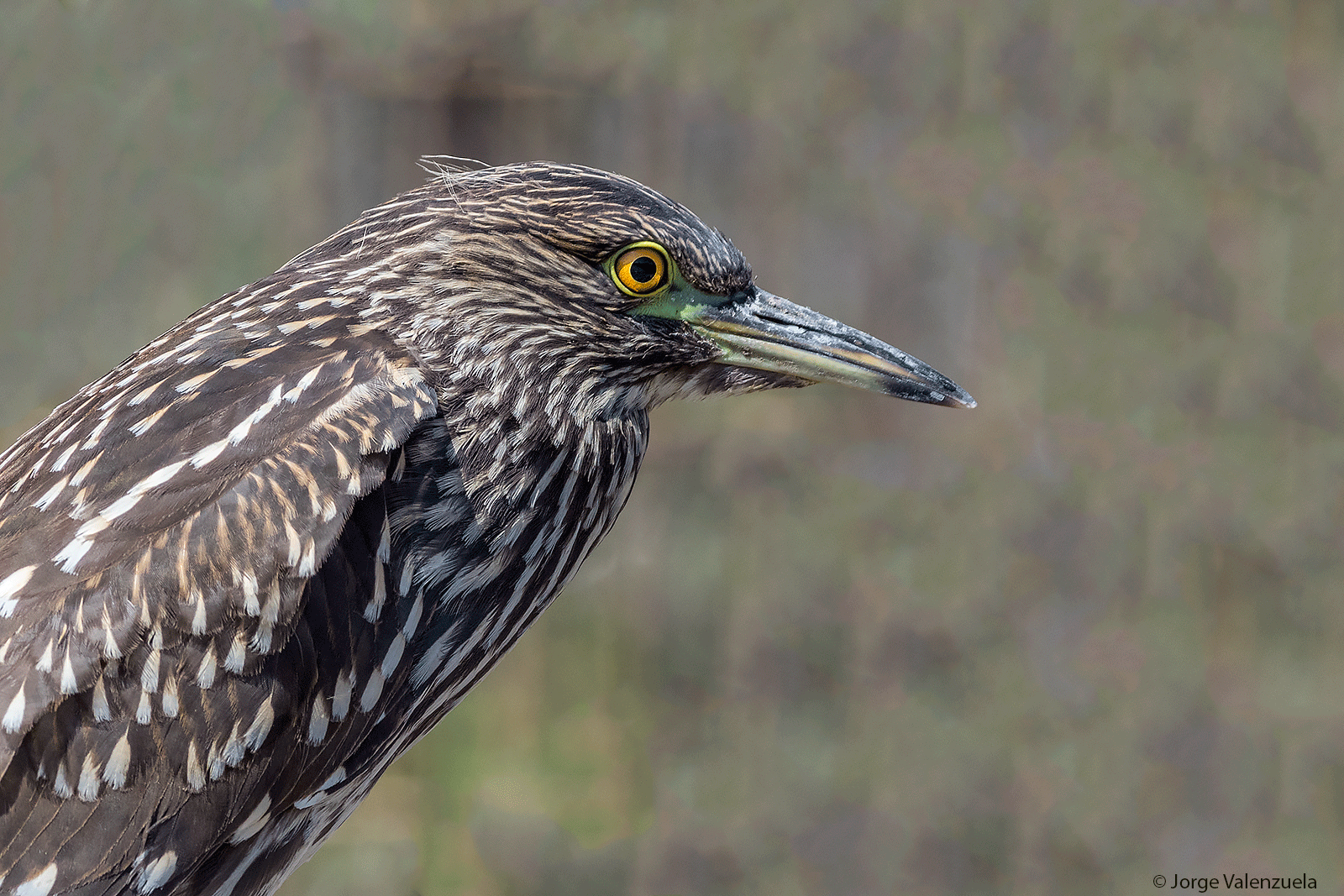

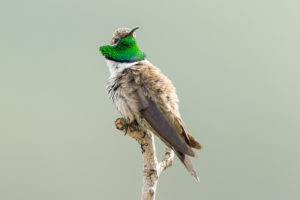

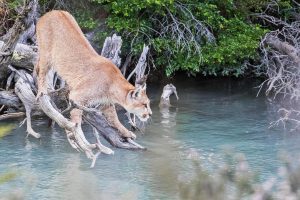
Leave a Reply
Your email is safe with us.